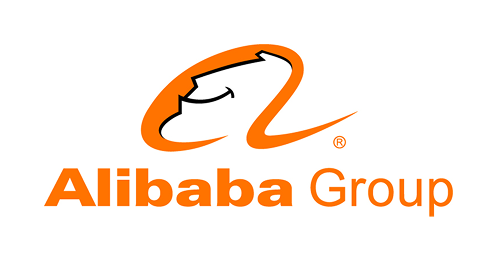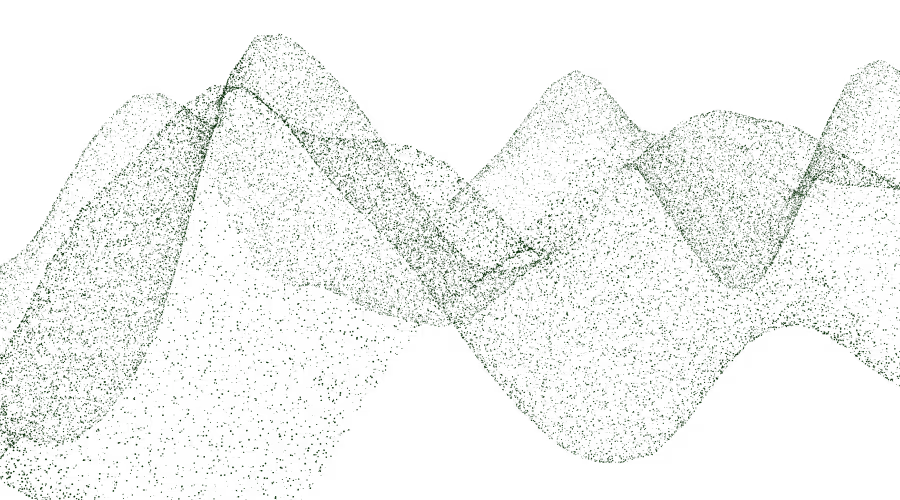The market’s most trusted ratings.

The most comprehensive ratings in the industry, giving buyers a clear view of project quality and helping developers secure market access

Objective, third-party ratings to support confident investment decisions and remedial actions to close quality gaps.

Benchmark across 600+ rated nature-based and CDR projects, pinpointing strengths and identifying opportunities.










































































Data sources that ensure accuracy.

At Sylvera, we rely on diverse, high-quality data for our independent assessments, including:
- Project-Reported Data – Direct insights from project developers and design documents (PDDs).
- Proprietary Datasets – Unmatched precision with above-ground biomass data from 48 million trees across four biomes.
- Trusted Third-Party Data – Enhanced accuracy with data from GEDI, Landsat, and the World Bank.
"What is very special about Sylvera is that they really crack the science behind the rating instead of going too fast and too broad. Their strong methodology will give users very, very good confidence that the [rating] decision is based on proper facts and proper science. This is what differentiates Sylvera in the market."
How Sylvera ensures reliable ratings.

Our ratings are based on a meticulous, unbiased process developed through extensive research:
- Tailored Frameworks by project types – Purpose-built evaluation frameworks for nature-based, engineered CDR, renewable energy, cookstoves, and more
- Deep Data Extraction & Independent Evidence – We analyse every detail from project documents to field measurements and monitoring reports for accuracy
- Proprietary Models & Machine Learning Verification – Advanced models benchmark every project against thousands of comparable dataset
- Transparent and Deterministic Output – Every rating is accompanied by clear rationale, scoring breakdowns, evidence sources and developer-ready remedial recommendations
“You can't manage what you can't measure. So for us it was important to get the measurement right in the beginning. I have a lot of respect for third parties especially on the verification side, and that's why we use Sylvera.”
What our carbon ratings tell you

Our rating system (AAA to D) offers the most dependable project-level insights, evaluating:
- Carbon Score – Measures actual carbon reductions or removals a project can deliver
- Additionality – Confirms that the project’s impact extends beyond what would occur without it
- Permanence – Assesses the long-term sustainability of carbon benefits
- Co-Benefits – Recognizes added social, economic, or environmental benefits
For developers, each dimension includes targeted remedial guidance on how to improve performance.
“In order for us to do credible emission reductions, it is important for us to also say something about the local community and the biodiversity aspects of that project. I like very much that they have ratings related to emissions reductions and also to the co-benefits."
Broad coverage across project types.

Sylvera’s ratings cover a range of project types, including avoidance and removal, natural-based solutions (NBS), and technology-based solutions (TBS).
Sylvera is collecting the world’s largest, most accurate dataset of forest carbon.

Why the market relies on Sylvera

- Government Partnerships – Official collaborations with governments like Singapore and Mozambique to support NDC targets.
- Industry Standard Advisors – Sylvera serves on advisory boards for Verra, VCMi, CAD Trust, and more.
- Policy Influence – Our team has advised the SEC, CFTC, UK and US Treasuries, and the World Bank, shaping impactful regulations across global carbon markets.
Sylvera’s dedication to quality and accuracy is recognized across sectors, establishing us as a trusted partner for credible carbon ratings.
Compare 600+ projects in minutes



Common questions about our Ratings.

Sylvera's carbon credit project ratings provide a clear and comprehensive evaluation of carbon projects based on their quality and risk factors. Our ratings range from AAA to D, and are designed to help investors, buyers, and stakeholders make informed decisions with confidence.

Sylvera uses a rigorous, data-driven process to evaluate projects. We gather data from multiple sources, including project-reported data, proprietary datasets (such as biomass measurements of over 48 million trees), and trusted third-party data like GEDI and Landsat. This comprehensive approach ensures that our ratings are based on the most accurate and up-to-date information available.

Our project ratings are based on four key quality pillars:
- Carbon Score: The project's ability to deliver carbon reductions or removals.
- Additionality: Whether the project provides climate benefits that would not have occurred without it.
- Permanence: The likelihood that the project's carbon benefits will be maintained over time.
- Co-Benefits: Additional social, environmental, or economic benefits provided by the project beyond carbon reductions.

Our ratings are supported by project-type-specific frameworks that have been peer-reviewed and developed through more than 2,500 hours of research and development. The variables and scoring logic used in these frameworks are immutable within each version, ensuring unbiased, consistent, and repeatable evaluations.

Sylvera’s rating scale ranges from AAA (highest quality) to D (lowest quality). These ratings are accompanied by detailed analysis and commentary that provide insights into the project's performance across our quality pillars, allowing you to fully understand the project's strengths and potential risks.
If we do not have enough information to provide a full rating, we give projects a provisional rating which is our best guess estimate based on data available.

We use a combination of project-reported data (such as project design documents), proprietary datasets (including extensive above-ground biomass measurements), and third-party data from sources like GEDI, Landsat, and the World Bank. This ensures that our ratings are based on comprehensive and credible data.

Yes, our standardized rating system allows you to easily compare the quality and risk of different carbon credit projects, enabling you to prioritize high-quality opportunities and minimize risks in your investment pipeline.

Once a Rating is published, and unless it is withdrawn, Sylvera will endeavor to ensure that it remains “up to date”. Specifically, Sylvera will:
- monitor and update the Rating to reflect any material changes to the Project (e.g., changes on the ground, changes in market dynamics, changes in policy, project design, ownership, proponents, etc.); and
- ensure that the Rating reflects the latest issuance cycles for the Project in a timely manner, specifically seeking to ensure that each Rating is reviewed and, if necessary, updated within three months of its latest verification period.

Sylvera’s ratings provide a clear view of project quality and risks, helping you make informed decisions about which projects to include in your portfolio. By understanding the strengths and weaknesses of each project, you can optimize your portfolio to align with your financial and sustainability objectives.
Learn how businesses are shaping carbon market strategies.

The carbon market, aggregated for you. Clarity and confidence for every climate decision











